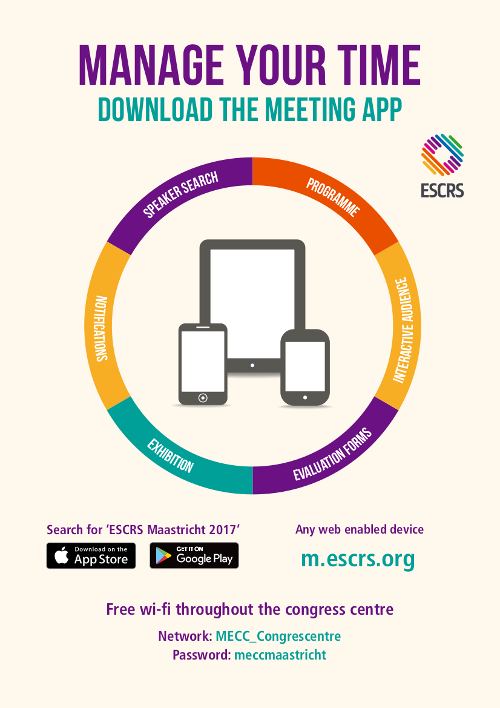Posters
(results will display both Free Papers & Poster)
Gonioscopy post laser iridotomy: a healthcare quality improvement intervention study
Poster Details
First Author: B. Des Marchais CANADA
Co Author(s): M. Keyeutat Tondji E. De Larochelliere R. Kyrillos
Abstract Details
Purpose:
A review study, made at the Centre Universitaire d’Ophtalmologie (CUO) in 2014, has revealed that the gonioscopy post YAG laser iridotomy treatment was documented in only 27,7% of the patients who undergo the treatment. The aim of this study was to improve this practice in order to identify patients who, despite the laser treatment, have narrow iridocorneal angle and therefore remain at risk of developing glaucoma.
Setting:
CUO-Recherche-Clinique, Centre de recherche du CHU de Québec, Hôpital du Saint-Sacrement, CHU de Québec-Université Laval
Methods:
An interventional plan was implemented at the CUO for 17 weeks (from July 7th, 2015 to November 3rd, 2015). This plan consisted of updating all ophthalmologists and the staff on the gonioscopy pre and post iridotomy guidelines in order for them to apply these recommendations during the patients’ follow-ups. The ophthalmologists performing a YAG Laser iridotomy at the CUO (n = 20) have compiled data about the gonioscopy pre and post iridotomy.
Results:
A total of 75 patients have had a YAG laser iridotomy during the period of this interventional plan. A gonioscopy post iridotomy has been done on 49 of these patients (65.33%). The mean time between the intervention and the follow up was 34.7 days (4.9 weeks). Of the 92 treated eyes, 13 (14.13%) have maintained a narrow iridocorneal angle and are thus at risk of developing glaucoma.
Conclusions:
Our results showed an increased rate of gonioscopy post iridotomy going from the documented 27.7% to our measured 65,33%. This new rate approximates the the American Academy of Ophthalmology recommendation, which requires that any iridotomy must be followed with a gonioscopy in order to have a view of the iridocorneal angle. Thereby, an interventional plan can be an important and effective tool to improve the safety and the quality of care given to our patients.
Financial Disclosure:
None



